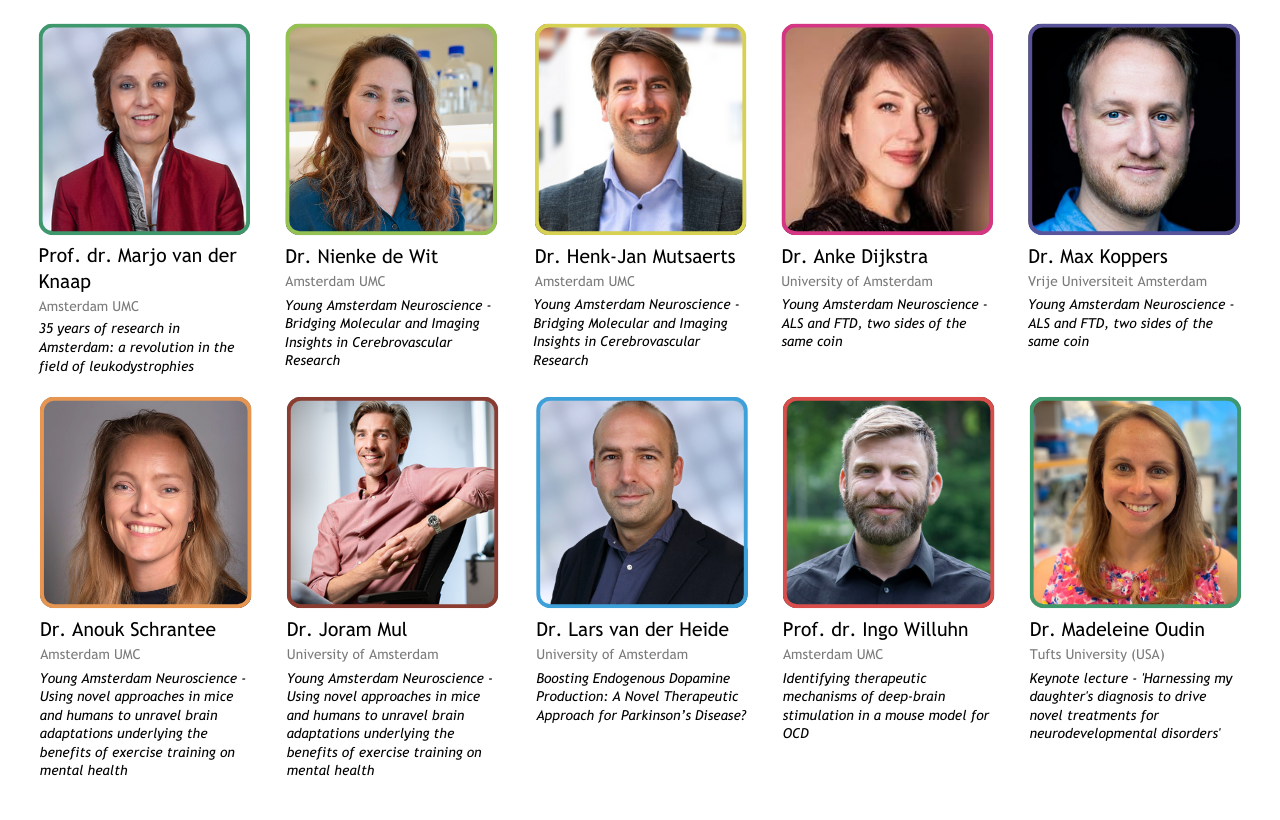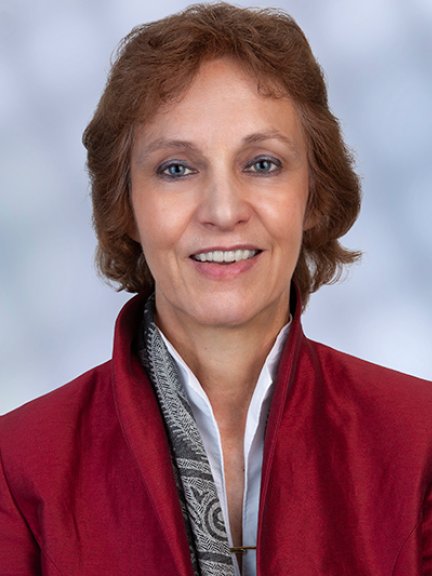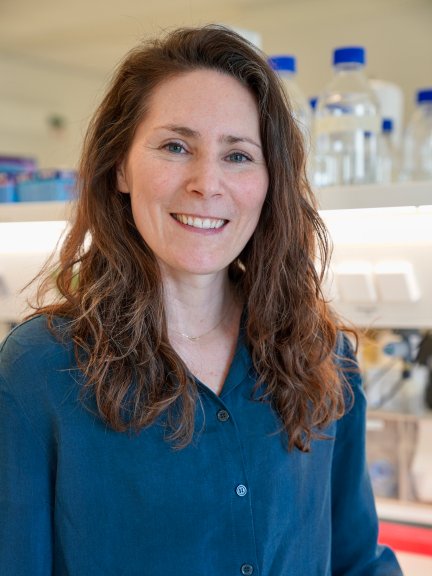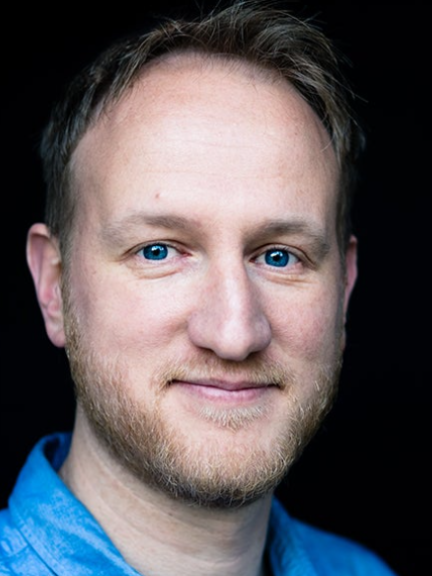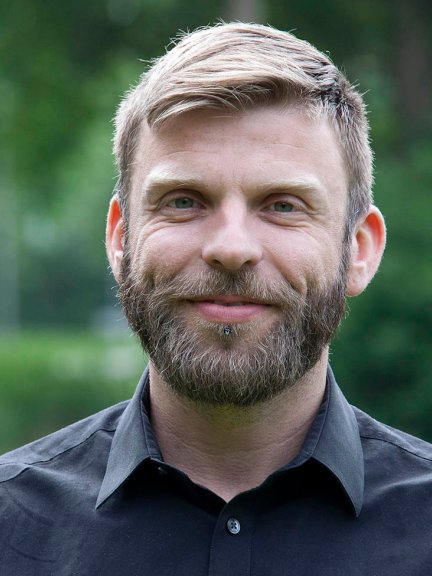The Amsterdam Neuroscience Annual Meeting 2024 is only weeks away. We have a number of exciting speakers lined up for you – check them out here!
35 years of research in Amsterdam: a revolution in the field of leukodystrophies
Prof. dr. Marjo van der Knaap and her team: Dr. Marianna Bugiani, Dr. Marc Engelen, Dr. Niek van Til and Prof. dr. Nicole Wolf
Together with her team, Marjo van der Knaap will provide a presentation on 35 years of research: a revolution in the field of leukodystrophies. She will speak about in-depth phenotyping and genotyping for a revolution in diagnoses. Then her colleague Marianna Bugiani will continue the presentation, providing her insight into leukodystrophy disease mechanisms. Marc Engelen will speak about revolutions in therapy, followed by Niek van Til, who will speak about including gene therapy. Nicole Wolf, together with a patient and their family, will provide a valuable family perspective on the revolution in this field.
Marjo van der Knaap started in the nineteen eighties with the leukodystrophy research, at a time that most patients remained without a specific diagnosis and very little could be done for patients. Together with prof. Jaap Valk, neuroradiologist at the VUmc, she developed an MRI-based pattern recognition system for in-depth phenotyping and classification of patients. This system turned out to be extremely successful in defining new disease entities. Subsequently, the genetic defects of numerous novel disorders were found in Amsterdam. Currently, almost all leukodystrophy patients receive a DNA-based diagnosis.
Marianna Bugiani, a former child neurologist, turned to neuropathology about 20 years ago to accelerate research towards elucidating disease mechanisms based on the pathological findings in the patients’ brain. Approaching leukodystrophies from a cellular functional pathology perspective turned out to be successful to this aim. Recently, she developed a method to culture post-mortem patient brain tissue in 3D to complement the other ALC preclinical data and further investigate diseases at their onset in the human brain.
Marc van Engelen worked on natural history studies and on developing surrogate clinical outcome measures for leukodystrophies for the past decade. Now that many leukodystrophies are “clinical trial ready”, the last couple of years have seen an increase in clinical trials being initiated, including several gene therapy trials. The field of leukodystrophies is moving from the diagnostic revolution into a treatment revolution.
Niek van Til focusses on preclinical efficacy and safety assessment of gene therapies for leukodystrophies. Gene therapy technologies are transforming the landscape of available treatment options, such as gene augmentation using viral delivery systems and more recently developed groundbreaking gene editing approaches. Leukodystrophies are diverse and tailor-made therapies are required for successful treatment.
Nicole Wolf works on treatment mechanisms and outcomes for leukodystrophies, including accessibility of novel treatments and expertise within Europe. Gene therapy for metachromatic leukodystrophy, one of the most frequent leukodystrophies, is now registered treatment and reimbursed in the Netherlands. What this means, is illustrated with a family as example.
Marjo van der Knaap
Marjo van der Knaap is a professor of pediatric neurology at VU University Amsterdam. Her research aims to find effective treatment methods for patients with leukodystrophies (genetic brain white matter disorders). By integrating neurology, radiology, genetics, pathology and molecular and cell biology in the Amsterdam Leukodystrophy Center, she seeks to understand these diseases from their root causes to potential solutions. The purpose is to bridge the gap between scientific discovery and patient care, ultimately leading to new therapeutic options.
Young Amsterdam Neuroscientists take the stage
Bridging Molecular and Imaging Insights in Cerebrovascular Research
Dr. Nienke de Wit & Dr. Henk-Jan Mutsaerts
Nienke de Wit and Henk-Jan Mutsaerts both focus on understanding the complexities of the brain’s vascular system, from different yet complementary perspectives. Nienke’s research on the molecular regulation of the blood-brain barrier (BBB) provides critical insights into the mechanisms that maintain BBB integrity and its role in neurological diseases. Meanwhile, Henk-Jan specializes in the image analysis and interpretation of arterial spin labeling (ASL) perfusion MRI, to visualize cerebral blood flow, vascular efficiency and BBB permeability from a more macroscopic and population-perspective. By combining Nienke’s molecular expertise with Henk-Jan’s imaging capabilities, this presentation aims to provide a comprehensive understanding of vascular changes in neurological conditions, potentially leading to novel diagnostic and therapeutic strategies.
More about Nienke de Wit & Henk-Jan Mutsaerts
Nienke de Wit
Dr. Nienke de Wit is a senior postdoc at Amsterdam UMC, location VUmc within the department of Molecular Cell Biology and Immunology. Nienke’s research centers on the blood-brain barrier (BBB) in health and disease, particularly in the context of Alzheimer’s disease. She investigates the molecular mechanisms that maintain BBB integrity, using in vitro cell systems and post-mortem human brain tissue. By studying these pathways, Nienke aims to understand how BBB dysfunction contributes to the progression of Alzheimer’s disease.
Henk-Jan Mutsaerts
Dr. Henk-Jan Mutsaerts, MD, PhD, is an assistant professor with a passion for image processing. His research focuses on the development of arterial spin labeling (ASL) perfusion MRI as a biomarker in brain aging and dementia, and is stratified in three trajectories: 1) standardization, 2) interpretation, and 3) application of ASL as a cerebrovascular biomarker.
ALS and FTD, two sides of the same coin
Dr. Anke Dijkstra & Dr. Max Koppers
Recent genetic, pathological and clinical insights have shown that ALS and FTD exist on the same spectrum. In this presentation, Anke and Max will discuss how complementary research approaches on molecular mechanisms and clinicopathology can reciprocally provide novel insights.
More about Anke Dijkstra & Max Koppers
Anke Dijkstra
Dr. Anke Dijkstra is an Assistant Professor at the Swammerdam Institute for Life Sciences at the University of Amsterdam. She possesses in-depth clinical and pathological knowledge of neurodegenerative diseases and conducts interdisciplinary international research. Dr. Dijkstra is an expert on cellular subtypes and mechanisms of vulnerability in human tissue, with significant experience in goal-directed decision-making and the management of research projects and industry collaborations.
Max Koppers
Dr. Max Koppers is an Assistant Professor in the Functional Genomics Department at the Center for Neurogenomics and Cognitive Research at VU University. He was recently awarded a Starting Grant from the European Research Council (ERC) for his research on the local regulation of protein production in neurons. Dr. Koppers and his group investigate the molecular mechanisms that determine how mRNAs reach their correct locations within the extensions of neurons to support local protein production. In addition to this fundamental knowledge his group is interested in how these processes contribute to neuron development and function and how they are involved in the pathogenesis of neurodegenerative diseases such as amyotrophic lateral sclerosis.
Using novel approaches in mice and humans to unravel brain adaptations underlying the benefits of exercise training on mental health
Dr. Anouk Schrantee & Dr. Joram Mul
Exercise training promotes health across a multitude of organ systems, including the brain, and is often associated with decreased sensitivity to stress and reduced incidence and severity of depression. Exercise training thus has tremendous clinical promise to promote mental health, yet the underlying neurobiological adaptations remain incompletely understood. Here we will present work from our two labs, ranging from mechanistic studies in animal models to observational or intervention studies in human subjects, in our attempts to unravel the neurobiological adaptations underlying the beneficial effects of exercise training on mental health. Interacting within the YAN network led to ongoing collaborations between our labs and we will highlight advanced network analysis as a key tool for uncovering the complex effects of exercise training on brain and behavior in an attempt to bridge fundamental and human research.
More about Anouk Schrantee & Joram Mul
Anouk Schrantee
Dr. Anouk Schrantee is Assistant Professor in the Department of Radiology and Nuclear Medicine of the Amsterdam UMC, location AMC, the Netherlands. She leads the Neurometabolic and Functional Imaging lab, which employs functional neuroimaging to study brain responses to pharmacological and physiological interventions, such as exercise training. Her work aims to improve treatment strategies through network analysis of brain function and behavior.
Joram Mul
Dr. Joram Mul is the principal investigator of the Fit Brain Lab and Assistant Professor at the Swammerdam Institute for Life Sciences, University of Amsterdam, the Netherlands. The Fit Brain Lab combines observational and intervention studies in human subjects with mechanistic studies in animal models to elucidate brain adaptations that mediate the beneficial effects of physical activity/exercise training on stress resilience. Our mission is to optimize existing or develop novel strategies based on exercise training that can increase stress resilience.
Boosting endogenous dopamine production: a novel therapeutic approach for Parkinson's disease?
Dr. Lars van der Heide
Parkinson’s disease is characterized by a spectrum of motor symptoms primarily stemming from striatal dopamine deficiency, a consequence of progressive degeneration of midbrain dopamine neurons of the nigrostriatal pathway. The cornerstone of managing these symptoms is dopamine replacement therapy with exogenous levodopa (L-DOPA), which has been the gold standard for over half a century. Unfortunately, L-DOPA therapy is burdened by enduring and inescapable challenges, primarily the lack of long-term efficacy and the development of L-DOPA-induced dyskinesias. Consequently, there is an urgent demand for alternatives to L-DOPA based therapies.
With this in mind, we focus on tyrosine hydroxylase (TH), the rate-limiting enzyme in the endogenous dopamine biosynthesis pathway, as a promising therapeutic target. Key to activating TH as a therapeutic approach is utilizing unique and highly specific targets expressed in the substantia nigra midbrain dopamine neurons, thus activating TH where it is needed, eliminating off-target effects.
Lars van der Heide
Lars van der Heide is an associate professor at the Swammerdam Institute for Life Sciences, University of Amsterdam, where he investigates the role of BCL2 proteins in dopaminergic neurons of the Substantia Nigra to develop new therapeutic strategies for Parkinson’s disease. He is also the co-founder of Parkinnova Therapeutics, a company dedicated to enhancing the lives of those affected by Parkinson's through innovative and targeted therapies. The mission is to make Parkinson's disease a manageable condition, with a vision of a future where it is no longer a debilitating diagnosis.
Identifying therapeutic mechanisms of deep-brain stimulation in a mouse model for OCD
Prof. dr. Ingo Willuhn
Deep-brain stimulation (DBS) effectively treats patients suffering from otherwise therapy-resistant obsessive-compulsive disorder, presumably via the modulation of cortico-striatal circuits. To gain mechanistic insight, we monitored neuronal activity in cortico-striatal regions in a mouse model for compulsive behavior, while systematically varying clinically relevant DBS parameters. Increasing DBS intensity dose-dependently decreased compulsive behavior, as well as recruited an increasing, yet balanced, number of excited and inhibited neurons throughout cortico-striatal regions. Such neuronal recruitment did not alter basic brain function such as resting-state activity. In addition to these widespread effects, we observed specific involvement of the medial orbitofrontal cortex in therapeutic outcomes, which was corroborated by optogenetic stimulation. Together, our findings provide mechanistic insight into how DBS exerts its therapeutic effects on compulsive behaviors.
Ingo Willuhn
Prof. dr. Ingo Willuhn is a professor at the Psychiatry Department of Amsterdam UMC (location AMC) and group leader at the Netherlands Institute of Neuroscience. His research focuses on how dopamine and other neuromodulators regulate cortico-basal ganglia networks in both normal and pathological conditions, including obsessive-compulsive disorder (OCD) and compulsive behavior in general. By using techniques such as voltammetry, electrophysiology, fluorescence imaging of genetically encoded sensors, and optogenetics in rodents performing in custom-designed behavioral tasks, his research group investigates the neural mechanisms underlying motivated behavior, habits, and decision making, and how their dysregulation contributes to compulsive behaviors.
Keynote Lecture 'Harnessing my daughter's diagnosis to drive novel treatments for neurodevelopmental disorders'
Dr. Madeleine Oudin
In 2021, Madeleine's daughter Margot was diagnosed with two de novo mutations in the SCN8A gene, causing her to develop seizures at 3 months old and infantile spams at 5 months old. Realizing the limited information available on the effects of these mutations and the lack of effective treatment options, Madeleine decided to start doing research on SCN8A in my own lab, and work with clinicians, epilepsy researchers and biotech to increase our understanding of SCN8A and develop a novel splice-switching ASO. She will discuss my journey as a scientist and mother learning about epilepsy and collaborating to develop a new treatment.
Madeleine Oudin
Madeleine is an Associate Professor of Biomedical Engineering at Tufts University, after completing a PhD in Neuroscience from King’s College London on adult neurogenesis and post-doctoral research at MIT on cancer metastasis. Her independent lab focuses on understanding the mechanisms by which the tumor microenvironment contributes to cancer metastasis and resistance to drugs. She has received numerous awards for her research such as a K99/R00 Pathway to Independence Award in 2016 and a DP2 New Innovator Award in 2021 and was voted Exemplary Engineer by the graduate students in her department 3 years in a row for her commitment to promoting diversity, equity and inclusion in biomedical engineering. In 2021, the diagnosis of her daughter Margot with mutations in the SCN8A gene led to her to start research on SCN8A in her own lab, work to develop an ASO for patients with SCN8A, and become an advocate for individuals with epilepsy and other disabilities. She is on the board of the International SCN8A Alliance and recently received a Champions for Understanding, Treating, Investigating, and Empowering those with SCN8A Award from the Cute Syndrome Foundation.
Registration has been closed
